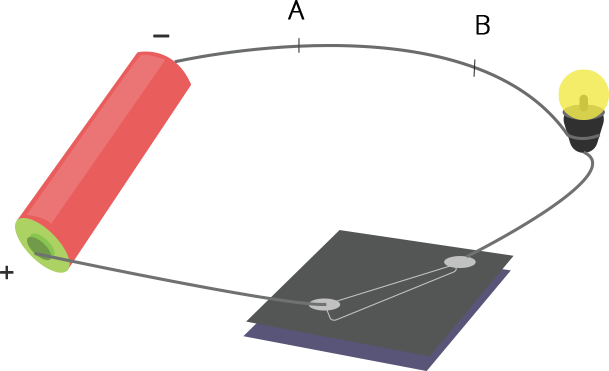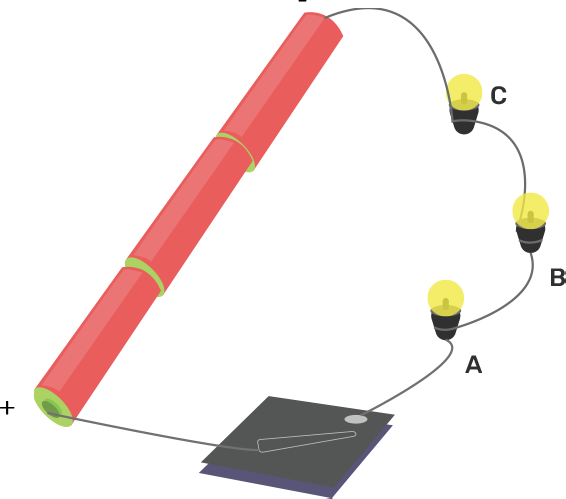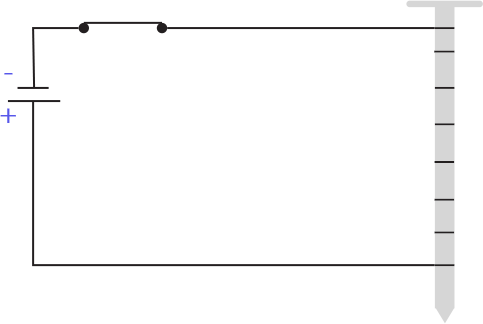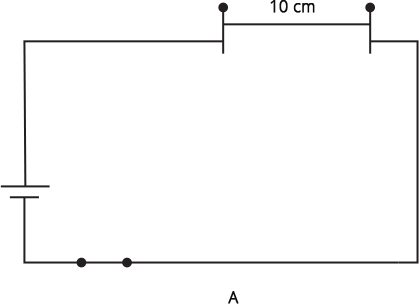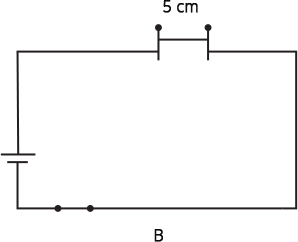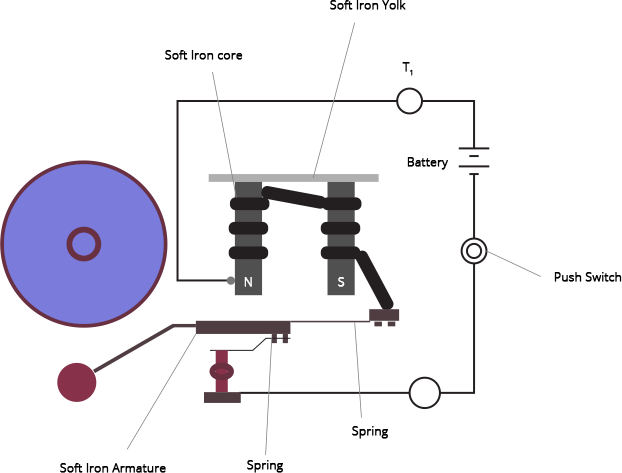Class 7 Science NCERT Exemplar Solutions Chapter 14 Electric Current and Its Effects
FAQs on NCERT Exemplar for Class 7 Science Solutions Chapter 14 Electric Current and Its Effects
1. Why should you refer to the NCERT Exemplar Class 7 Science Solutions Chapter 14 Electric Current and Its Effects?
Vedantu's NCERT Exemplar Class 7 Science Solutions Chapter 14 Electric Current and Its Effects are the best and most dependable NCERT Exemplar Solutions available on the internet. Class 7 Science Solutions Chapter 14 NCERT Exemplar Electric Current and Its Effects are based on the CBSE Science Syllabus for Class 7. These NCERT Exemplar Answers for Class 7 Science Chapter 14 can make learning easier and more enjoyable. Students may also get a copy of the NCERT Exemplar Class 7 Science Solutions Chapter 14 Electric Current and Its Effects in PDF format for free.NCERT Exemplars are essentially practising books with higher-level questions that provide comprehensive learning. Class 7 Science Solutions The NCERT Exemplar Chapter 14 Electric Current and Its Effects are available on the Vedantu website for both offline and online use.
2. How do you avail the NCERT Exemplar Class 7 Science Solutions Chapter 14 Electric Current and Its Effects?
This Vedantu's website contains the NCERT Exemplar Class 7 Science Solutions Chapter 14 Electric Current and Its Effects for applicants to download. The National Council of Educational Research and Training, which is most commonly known as (NCERT) has given the example, which applicants can access for free offline through the PDF available or get online on the website. It includes questions that are objective, very short response type, short answer type, and long answer category. In addition, the answers to each problem have been given. Applicants can learn about the level and type of questions that will be asked in the test by looking at the NCERT Exemplar Class 7 Science Solutions Chapter 14 Electric Current and Its Effects.
NCERT exemplar answers help pupils build a better core of ideas that will help them prepare for any competitive examinations in the future.
3. What are the various advantages of NCERT Exemplar Class 7 Science Solutions Chapter 14 Electric Current and Its Effects?
Exemplar plays a significant role in the preparation for Class 10 board exams. The NCERT books for Class 10 are used to answer the majority of questions on the Board exams. Pupils must answer the NCERT Exemplar questions correctly. For the convenience of the learners, we have provided NCERT Exemplar Class 7 Science Solutions Chapter 14 Electric Current and Its Effects. These NCERT Exemplar Class 10 Solutions have been provided by subject matter professionals. These NCERT Exemplar Class 7 Science Solutions Chapter 14 Electric Current and Its Effects science are based on the most recent NCERT syllabus. This NCERT Exemplar for Class 10 Science answers will assist students in comprehending ideas as well as provide knowledge into answer composing approaches.
4. Why should you use NCERT Exemplar Class 7 Science Solutions Chapter 14 Electric Current and Its Effects?
Chapter 14 are written by professionals who know how to answer problems in the board examination in the most effective way and are brief and to the point, making them simple to comprehend.
Learners can use the NCERT Exemplar Class 7 Science Solutions Chapter 14 Electric Current and Its Effects for Class 10 science to enable them to write better solutions in their examinations. It will give you a thorough knowledge of all of the problems and ideas covered in the NCERT Exemplar Textbooks.
5. How can you properly utilize the NCERT Exemplar Class 7 Science Solutions Chapter 14 Electric Current and Its Effects?
All students must read the complete chapter thoroughly and build their concepts before dealing with the NCERT Exemplar Class 7 Science Solutions Chapter 14 Electric Current and Its Effects. Recognize and comprehend all of the concepts presented in this chapter.
Initially, attempt to answer all of the problems on your own before consulting the NCERT science answers for Class 10.
The board exam problems are mainly given on the questions found in the NCERT texts. So, it is essential to ask questions and provide precise answers.
Study past years' CBSE board Class 10 science papers to learn about the types of problems that will be asked in the examination. These Answers can be used by most of the boards that prefer the NCERT Textbooks to gain a better understanding of the subject.
























